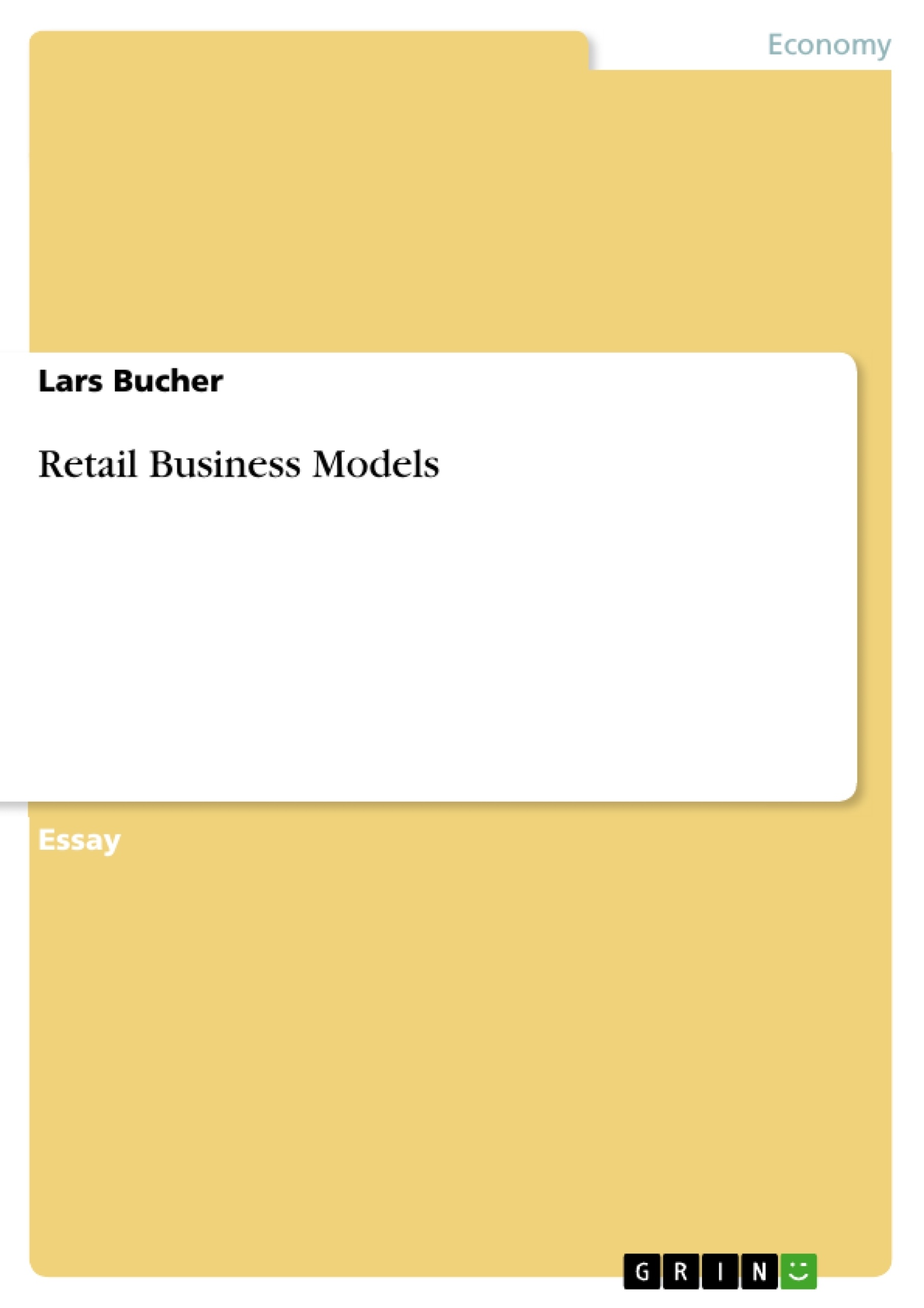The word Business Model is probably one of the most popular terms in the business environment today and due to its inflationary use, it probably has more wrong than right usages in everyday life. But what really defines a business model and what is it supposed to say? How does it relate to the strategy of a company? And what changes when you add the context of retail?
Half of the following essay will answer these questions, before the second half will focus on the circumstances that have a major impact on retail business models today. Here, the focus will be on how internal and external changes affect business models and how they can be used positively. Here a short view of current trends and their impact in the environment of retail business models takes place. Finally, the focus is on how retailers can remain relevant with their business model in the long term, which is closely related to the ability to innovate.
Table of Contents
- RETAIL BUSINESS MODELS.
- DEFINITION OF A BUSINESS MODEL AND DIFFERENCE TO STRATEGY
- DIFFERENCES BETWEEN RETAIL BUSINESS MODELS AND OTHER BUSINESS MODELS.
- INNOVATION IN RETAIL BUSINESS MODELS.
- CURRENT TRENDS IN RETAIL.
- HOW TO STAY RELEVANT WITH A RETAIL BUSINESS MODEL.
- CONCLUSION.
Objectives and Key Themes
The text explores the concept of retail business models and their relevance in today’s competitive market. It aims to clarify the definition of a business model, differentiate it from strategy, and analyze the specific characteristics of retail business models. The text further discusses innovation in retail business models and examines how companies can stay relevant in the long term by adapting to current trends and fostering innovation.
- Defining retail business models and their differences from other business models.
- Analyzing the relationship between business models and company strategy.
- Exploring the impact of internal and external changes on retail business models.
- Examining innovation and its role in improving value creation and value appropriation.
- Analyzing the significance of staying relevant in a dynamic retail environment.
Chapter Summaries
- RETAIL BUSINESS MODELS. This chapter introduces the concept of business models and their importance in today’s business environment. It clarifies the definition of a business model and distinguishes it from strategy. The chapter also highlights the unique aspects of retail business models and their relevance in the context of competition and consumer needs.
- DEFINITION OF A BUSINESS MODEL AND DIFFERENCE TO STRATEGY This chapter delves into the relationship between business models and company strategy. It explains how a business model serves as the operational mechanism for achieving strategic goals. The chapter also emphasizes the importance of a customer-centric approach in formulating a successful business model.
- DIFFERENCES BETWEEN RETAIL BUSINESS MODELS AND OTHER BUSINESS MODELS. This chapter examines the specific characteristics that distinguish retail business models from those in other industries. It focuses on the unique aspects of retail, such as the importance of assortment differentiation, high-frequency customer contact, and the customer experience. The chapter also discusses the three core elements of a retail business model: retailing format, retailing activities, and retailing governance.
- INNOVATION IN RETAIL BUSINESS MODELS. This chapter explores the significance of innovation in retail business models. It discusses how innovation can be used to improve value creation and value appropriation. The chapter also highlights the importance of understanding the key elements of a business model to facilitate successful innovation.
Keywords
The text focuses on key terms such as retail business models, strategy, innovation, customer value proposition, customer experience, retailing format, retailing activities, retailing governance, value creation, and value appropriation. These keywords represent the core concepts and themes explored within the context of the retail industry.
- Quote paper
- Lars Bucher (Author), 2021, Retail Business Models, Munich, GRIN Verlag, https://www.grin.com/document/1191421




